-
Welcome to Tundras.com!
You are currently viewing as a guest! To get full-access, you need to register for a FREE account.
As a registered member, you’ll be able to:- Participate in all Tundra discussion topics
- Transfer over your build thread from a different forum to this one
- Communicate privately with other Tundra owners from around the world
- Post your own photos in our Members Gallery
- Access all special features of the site
Installation Questions about OEM Sway Bar Bushing & SuspensionMaxx End Link Replacement
Discussion in '1st Gen Tundras (2000-2006)' started by TnPlowboy, Apr 29, 2025.


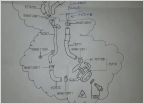 I'm trying to install a zero start 1500w coolant heater to my 05 tundra,
I'm trying to install a zero start 1500w coolant heater to my 05 tundra,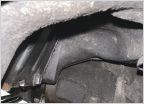 Head scratcher oil leak
Head scratcher oil leak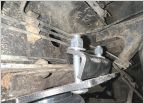 Recommendations on forklift and airbags
Recommendations on forklift and airbags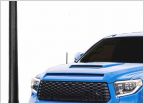 2006 Tundra Antenna
2006 Tundra Antenna Valve cover gaskets, intake gasket, cam seals etc
Valve cover gaskets, intake gasket, cam seals etc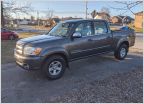 New Owner 2005 SR5, Some Quirks
New Owner 2005 SR5, Some Quirks














































































